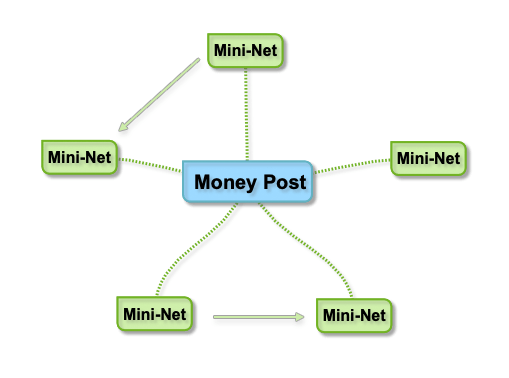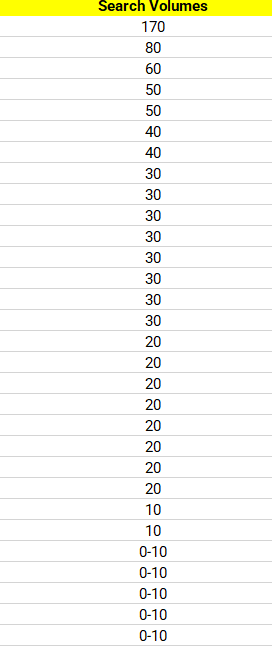- Joined
- Jul 5, 2018
- Messages
- 110
- Likes
- 83
- Degree
- 0
Hey guys, I have a little question about interlinking, since I'm a bit confused. And I have a bit of a problem with money pages.
So when writing my articles, I'm just making silos to interlink a "group" of similar articles. Basically the money page is in the center, and I link info pages to that money page. Plus I try to get some web 2.0 backlinks for the money page and some info pages. Just like @Ryuzaki explains in the new crash course thread.

I have I bit more than 20 articles. And 2 info posts are bringing like 80% of the traffic. They rank for a shit load of long term stuff, even though these are 0 vol terms.
The thing is: Can I use these info posts to interlink to more money pages? Because those are already linking to a money page. Is there a limit? Like when linking outside, so that Google doesn't think you are selling links, or you can go full wikipedia interlinking?
And about the money pages. Looks like these are not ranking at all compared to the info ones. A lot of info pages that I uploaded on July are ranking on top 1 to 5, even a few are on the featured snippet, one is the one with the retarded url "looking at you @CCarter haha".
But when looking at my money pages, even targeting a KGR term with 0 search vol. Those not rank even on the second page. There is more competition though, but they don't target these specific keywords, and they still outrank me. Could this be a problem about on-page SEO, or maybe these have too much competition?
So when writing my articles, I'm just making silos to interlink a "group" of similar articles. Basically the money page is in the center, and I link info pages to that money page. Plus I try to get some web 2.0 backlinks for the money page and some info pages. Just like @Ryuzaki explains in the new crash course thread.

I have I bit more than 20 articles. And 2 info posts are bringing like 80% of the traffic. They rank for a shit load of long term stuff, even though these are 0 vol terms.
The thing is: Can I use these info posts to interlink to more money pages? Because those are already linking to a money page. Is there a limit? Like when linking outside, so that Google doesn't think you are selling links, or you can go full wikipedia interlinking?
And about the money pages. Looks like these are not ranking at all compared to the info ones. A lot of info pages that I uploaded on July are ranking on top 1 to 5, even a few are on the featured snippet, one is the one with the retarded url "looking at you @CCarter haha".
But when looking at my money pages, even targeting a KGR term with 0 search vol. Those not rank even on the second page. There is more competition though, but they don't target these specific keywords, and they still outrank me. Could this be a problem about on-page SEO, or maybe these have too much competition?

